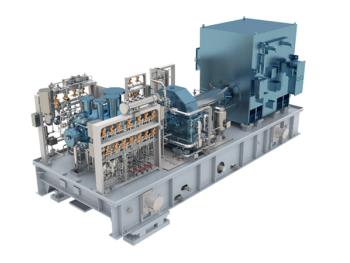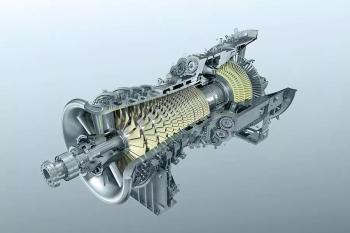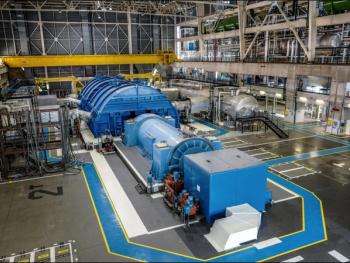
Futtsu Power Plant Starts Commercial Operation, GE Upgrades Gas Turbines
A flange-to-flange replacement upgraded the three installed gas turbines to GE 9HA.01.
The JERA’s 1.5 GW Futtsu power plant-Group 4, powered by three GE 9HA.01 gas turbines, started commercial operation, according to GE Vernova’s Gas Power business. Located in Chiba, Japan, the 5.6 MW Futtsu power plant delivers more than 1.5 GW of electricity to the national grid. As one of Japan’s largest LNG terminals, it receives over 11 million tons of LNG per year.
"We are proud to celebrate the start of commercial operation of the Futtsu Power Plant, a significant achievement that underlines our commitment to delivering efficient energy solutions," said Ramesh Singaram, President and CEO for GE Vernova’s Gas Power Asia. "Our H-Class combined-cycle technology not only leads to significant efficiency, reduced CO2 emissions, and enhanced cost-effectiveness, but also provides a pathway to co-firing with zero-carbon fuels such as ammonia and hydrogen in the future.”
The partnership among GE Vernova, JERA, and Toshiba conducted a flange-to-flange replacement to upgrade the three installed units to GE’s 9HA.01 gas turbine technology. Installation of the new turbines requires a replacement of older engines from inlet flange to exhaust flange, which improves asset life extension and offers fuel flexibility, among other benefits. The Mark Vle control system and upgraded auxiliary system have been implemented for the gas turbines, steam turbines, and heat recovery steam generators (HRSG). In addition to the software and control package, GE Vernova will be providing equipment maintenance services for the next 12 years of plant operation.
"The completion of the flange-to-flange project at group 4 of the Futtsu Power Plant is testament to our dedication to continuously improving our power generation facilities energy generation," said JERA Futtsu Thermal Plant General Manager, Fumitaka Ninomiya. "The Futtsu facility has now reset the clock on crucial assets, delivering 1.5 GW of electricity with more efficient technology that can help reduce emissions by burning fuel more efficiently."
Newsletter
Power your knowledge with the latest in turbine technology, engineering advances, and energy solutions—subscribe to Turbomachinery International today.




